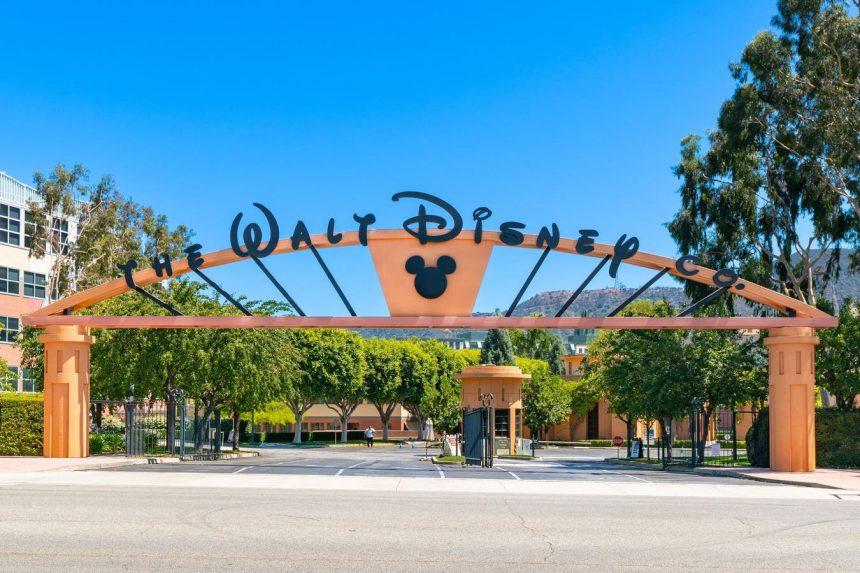Disney’s reign in the entertainment industry extends beyond the widely recognized Star Wars and Marvel franchises. Over the past fifteen years, the studio has quietly cultivated a third powerhouse: live-action remakes of its classic animated films. This strategic move, born from both commercial opportunity and copyright preservation, has generated billions of dollars and solidified Disney’s hold on generational nostalgia. While the origins of this trend can be traced back to the 1994 live-action adaptation of “The Jungle Book,” it was the unexpected success of Tim Burton’s 2010 “Alice in Wonderland” that truly ignited the remake engine. The film’s billion-dollar box office haul demonstrated the immense potential of reimagining beloved stories for contemporary audiences, paving the way for a string of subsequent remakes.
The financial triumph of “Alice in Wonderland” not only greenlit a sequel but also spurred a wave of similar projects, including “Maleficent” (a reimagining of “Sleeping Beauty”) and live-action versions of “Cinderella,” “Beauty and the Beast,” “The Lion King,” and “Aladdin.” These remakes often boast star-studded casts, lavish production values, and updated narratives that resonate with modern sensibilities while retaining the core elements of the original stories. This formula has proven remarkably successful, generating substantial revenue for Disney and fueling anticipation for future adaptations. Beyond the direct remakes, Disney has also explored spin-offs and prequels, such as “Maleficent: Mistress of Evil” and “Mufasa: The Lion King,” further expanding the narrative universe of these cherished tales.
However, the financial impetus behind Disney’s remake strategy is not solely driven by box office potential. The expiration of copyrights on iconic characters like Winnie-the-Pooh and Mickey Mouse has presented a significant challenge for the studio, opening the door for unauthorized adaptations and interpretations. Disney’s live-action remakes serve as a crucial countermeasure, effectively resetting the copyright clock and securing the studio’s control over these valuable properties for future generations. By introducing new versions of these characters to contemporary audiences, Disney reinforces its ownership and prevents the characters from falling entirely into the public domain, where they could be freely exploited by competitors.
This strategic approach is exemplified by the case of “The Merlin Saga,” a planned live-action adaptation of T.A. Barron’s book series, which delves into the early years of the legendary sorcerer Merlin prior to his appearance in Disney’s “The Sword in the Stone.” Despite significant investment, including the attachment of renowned director Ridley Scott and screenwriter Philippa Boyens, the project has encountered numerous setbacks and delays. While Disney has spent millions on pre-production and secured a substantial tax reimbursement from the United Kingdom, where the film was slated to be produced, the project’s future remains uncertain.
The intricate financial dealings surrounding “The Merlin Saga” are brought to light through the meticulous analysis of UK film production company filings. These filings, often obscured by code names and complex accounting practices, provide valuable insights into the often-hidden costs associated with film production. The investigation reveals that Disney established a UK production company, Fincayra Productions, specifically for “The Merlin Saga,” enabling the studio to access lucrative tax rebates. While the project’s status remains unclear, the continued existence of Fincayra Productions and recent financial activity suggest that Disney may not have entirely abandoned the adaptation.
The saga of “The Merlin Saga” stands as a compelling illustration of the complexities and challenges inherent in bringing these live-action adaptations to fruition. While Disney’s remake strategy has proven highly lucrative, projects like this demonstrate that not every adaptation progresses smoothly. Factors such as directorial changes, shifting priorities, and unforeseen production hurdles can significantly impact a film’s trajectory, leaving some projects languishing in development limbo while others become box office juggernauts. The ultimate fate of “The Merlin Saga” remains to be seen, a testament to the unpredictable nature of the film industry and the intricate dance between creative vision, financial realities, and copyright complexities. Despite the setbacks, Disney’s commitment to reimagining its classic animated library persists, driven by the enduring power of nostalgia and the strategic imperative to protect its valuable intellectual property.



